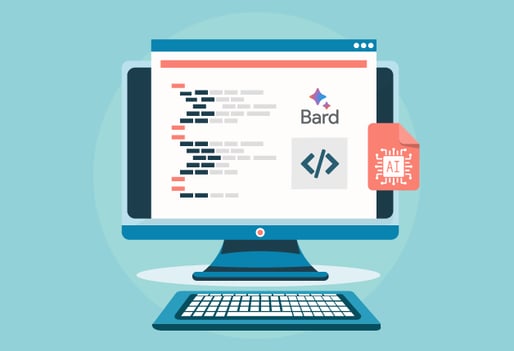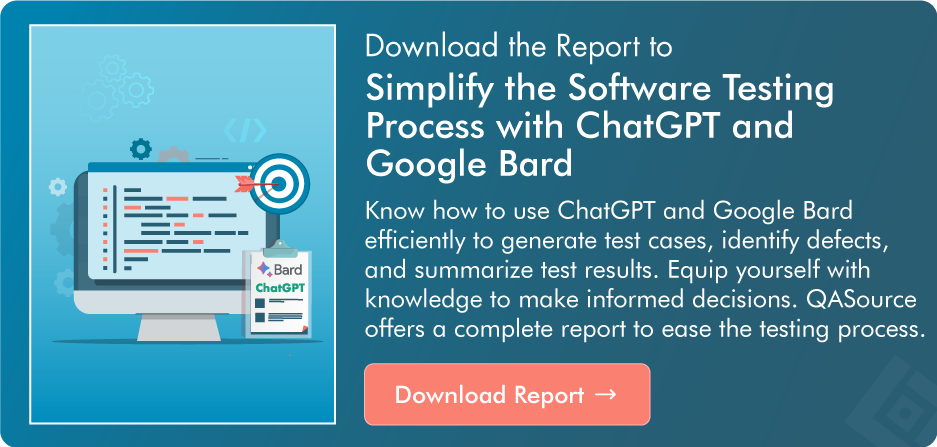
BARD (BioAssay Research Database) AI is a specialized tool designed for the life sciences and bioinformatics fields. Research in biological and chemical sciences, pharmacology, drug discovery, and bioassay data analysis can be facilitated by this tool. BARD AI can provide better results and insights in the following specific areas:
- Drug Discovery: BARD AI can assist researchers in drug discovery by analyzing and predicting the biological activity and toxicity of chemical compounds. It helps identify potential drug candidates and accelerates the drug development process.
- Bioinformatics: In bioinformatics, BARD AI can be used for data mining, pattern recognition, and analysis of biological data, such as DNA sequences, protein structures, and genomic information.
- Chemoinformatics: BARD AI is valuable for analyzing chemical data, including the structure-activity relationships of compounds, which is crucial for understanding the properties of molecules and their potential applications in drug development and other chemical industries.
- Pharmacology: BARD AI can assist in pharmacological research by predicting the effects of drugs and chemicals on biological systems and providing insights into their mechanisms of action.
- Toxicology: Researchers in toxicology can benefit from BARD AI for predicting and assessing the toxicity of chemicals, which is essential in areas like environmental science and risk assessment.
- Biological Assays: BARD AI is tailored explicitly for analyzing biological assay data, helping researchers interpret and make sense of complex experimental results.
- Chemical Biology: It helps study the interactions between biological systems and small molecules, providing insights into chemical biology and drug-target interactions.
BARD AI's strengths lie in its ability to process and analyze vast amounts of biological and chemical data, making it a valuable tool for researchers and professionals in these specialized fields. However, its utility may be limited outside these domains, as its algorithms and features are optimized for the unique challenges and data types encountered in the life sciences and related industries.


Post a Comment